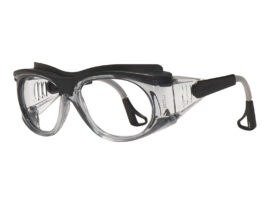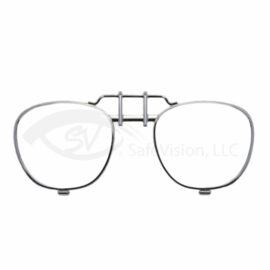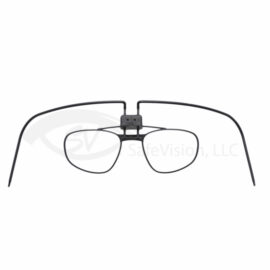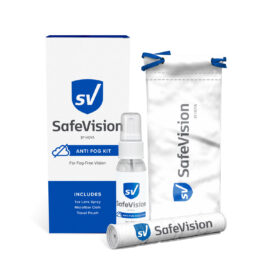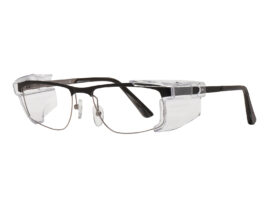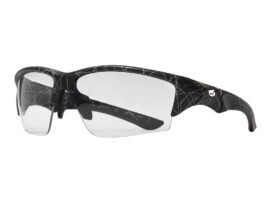Eye Health, Safety
Tips For Buying Prescription Safety Glasses
Whether you’re buying your first or fifth pair of prescription safety glasses, take some of these questions into consideration while researching the pair that is right for you and your situation.
What is the application?
The sunglasses you might use for a weekend riding motorcycle are likely not transferrable for a week on the job sight. For appropriate protection, purchase frames and lenses that are right for each facet of your lifestyle. You may need to purchase multiple pairs to cover you from day to night and work to weekend.
Home
While performing basic handyman work around your home or lawn work it’s still important to wear protective eyewear too. For example, rocks and pebbles can easily ricochet while using a weed trimmer around the yard. Often a pair of OTG (over-the-glasses) safety eyewear is sufficient. As the name implies they fit over your pair of standard prescription glasses.
But if you’re a frequent DIY person then you’ll quickly find these over-the-counter options less ideal, and we recommend investing in a quality pair of safety rated prescription spectacles. At SafeVision we offer a wide variety of frames styles that come with removable side shields so your safety spectacles can double as your everyday pair!
Work
Carpentry, manufacturing, plumbing, mining, and electrical are all examples of occupations requiring high impact safety glasses. Consult your EHS (Environmental Health & Safety) manager at your company to find out what types of protective eyewear are needed for your position. If you’re independent see the ANSI/ISEA Z87.1-2020 – Eye and Face Protector Selection Guide.
Play
Don’t forget to pack protective eyewear while participating in sports like tennis and basketball. Impact resistance and eye coverage are important but also head bands to keep the spectacles secure on your face while moving.
It’s important to note the different standards between sport eyewear and industrial safety eyewear. The ASTM (American Society for Testing and Materials) F803 is the safety standard for protective sports eyewear which are different than industrial safety standards, ANSI Z87.1.
Will they be a perfect fit?
Your everyday pair of non-safety, prescription spectacles, also known as street or dresswear are offered in a wide variety of sizes and styles.
The eye size of a frame also known as the A measurement is most important to your eye doctor and optician when submitting your prescription specifications to the optical laboratory when ordering you glasses. Safety eyewear, however, requires additional fitting considerations.
Most importantly, eye coverage and closer fit to your face. This is where the bridge size and temple length become more significant than your average spectacles. They should fit snuggly to your face to ensure falling or ricocheting debris doesn’t get under the frame, lenses or past the side shields. This is why a properly trained optician is most important when fitting safety eyewear to ensure the best protection.
Is the eyewear ANSI Z87.1 compliant?
The Occupational Safety and Health Administration (OSHA) supervises workplace safety and strives for decreased job-related injuries.
To protect employee vision, OSHA adopted the American National Standards Institute (ANSI) safety eyewear standards. ANSI is a non-profit with a mission to produce quality and safety standards for products in all categories and industries. The standards outline qualifications like general requirements, impact testing, marking, and selection of safety glasses.
Most importantly, look for frames which bear the Z87-2+ markings which denote prescription safety frames that are high impact resistance.
Your eyesight is priceless. Be aware of potential eye hazards throughout your day and outfit your eyewear collection appropriately.


